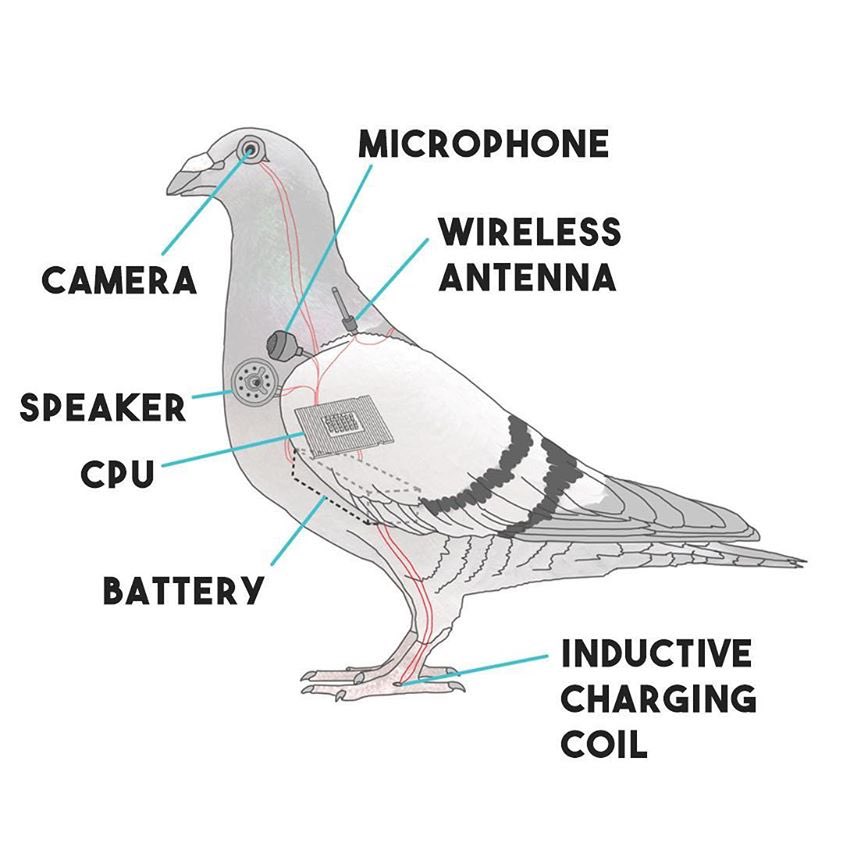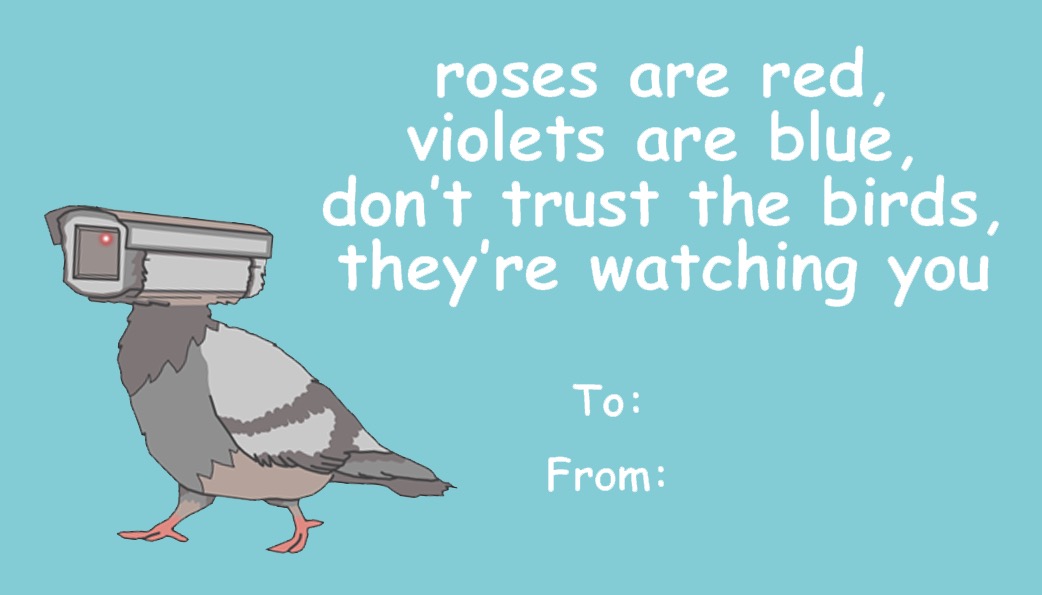At the rate that technology is currently progressing, it’s easy to envision a chrome-plated future where autonomous technology is able to resolve even the most menial of issues we encounter in our day-to-day lives. With advanced technology, we’ll be able to extend lifetimes beyond our modern rates, perform more complex and previously unimaginable feats, and address the most challenging issues of our time: war, poverty, famine, and so on.
But what happens in the case that we are able to resolve all our challenges and fulfill all our ambitions with some sort of technological venture? What would that world look like where the impossible was possible? For sports writer Jon Bois, this futuristic world and its population would find a new sort of fulfillment through American football, or at least a modified version that exists in the year 17776.
Bois’ 17776 was an unprecedented multimedia narrative that sought to develop a world that was absurd and engaging without being gruesome or down-right miserable like the rest of the popular stories at the time. Thus, the story was created to follow the perspectives of three space probes as they watched on-going football games that spanned across state borders and involved hundreds of players at a time.
/cdn0.vox-cdn.com/uploads/chorus_asset/file/8408107/t6.gif)
17776 first begins with an regular sports article, whose text quickly expands to fill up the rest of the page and eventually transforms into a calendar labeled “March ‘43.” Here, we are introduced to the character of Nine, a personified version of the space probe Pioneer 9, who’s urgent questions and existential crisis are left unanswered for months as the reader continues to scroll down the site, a physical and visual reminder of the time that passes within the story. The narrative continues through a combination of plain-text commentary, vintage graphics, and surreal videos, showing brief vignettes into the lives of various football players and human characters as the space probes comment more largely on how far the game has evolved to become more than just a simple past time: “play is the point of existence now.”
/cdn0.vox-cdn.com/uploads/chorus_asset/file/8343815/3_49.jpg)
Altogether, the hodgepodge that is 17776 with its space probe main characters, niche facts and features, and absurd football gameplay is proof that inspiration and compelling stories can come from anywhere. But, beyond this brief insight into the existential and speculative tale that 17776 seeks to tell its readers, the story is best experienced in its actual form as its charming implementation of text language and visual space can not be described in words alone. To this end, I encourage you to read 17776 to experience the way in which all elements of the story come together to describe a world where the state of Nebraska is a perfectly valid football field and where technology has advanced far enough that space probes can become sentient.
Experience 17776: HERE
(A sequel story called 20020 also exists.)









